My Spirit of Speyside Whisky Festival adventure began with a stop at one of the most well-known and respected distilleries in the world: Glenfiddich distillery. I couldn’t think of a more appropriate way to kick off the festival because visiting Glenfiddich represented a closing of the loop, so to speak. Glenfiddich was the first distillery I ever visited, back in late spring of 2006, and it was there that my love of Scotch whisky was officially kindled. This love didn’t stem from a love of Glenfiddich’s whisky per se (just a personal style preference of mine at the time – I remember thinking the whisky was excellent) but from being swallowed up in the passion of the people, the lore of the industry, and the magical process that is making whisky.
Glenfiddich was my gateway into the world of whisky beyond the bottles on the liquor store shelves. My wife (who was my girlfriend at the time) and I left the distillery that day with different gifts: she with a bright, red scarf emblazoned with the Glenfiddich buck’s head and a budding taste for whisky and me with the stories of distilleries, whiskies, and the personalities behind them flitting through my head. I had acquired a taste for the story behind whisky, and I still think it’s the single most important enhancer of whisky enjoyment.
Fast forward six years and I basically hadn’t looked at a bottle of Glenfiddich in the interim. Every other whisky known to man, sure. Glenfiddich? No. Why? Well, go into just about any bar in the States – even the divey joints lodged in the woods of flyover country – and you’ll likely find a statuesque green bottle of Glenfiddich 12 on the gantry. In all likelihood, that will be the bar’s only single malt Scotch, too. Maybe Glenlivet will be there. Options are limited, so people naturally equate Scotch with Glenfiddich (what a coup!). But it’s a curious characteristic of connoisseurship that the deeper you go with a particular interest the less likely you are to pay attention to what seems common, and in the USA Glenfiddich is common. As time passed I knew I was short-changing certain whiskies, and as Traveling Savage settled into its Scotland and whisky niche I knew lack of coverage of certain well-known distilleries was glaring.
It was time to go back to where it all began.
Glenfiddich sprawls on the edge of Dufftown, which is arguably the center of the Scotch whisky universe considering there are seven operating distilleries around town and there used to be more, but for a distillery that produces 12 million liters of spirit per year – an enormous amount – it looks much more like a farm than an industrial plant. In fact, Glenfiddich is gorgeous, but would you expect anything less from a place that means ‘Valley of the Deer?’
This time around I eschewed the basic tour in favor of the grandiose Pioneer’s Tour, a massive 3+ hour tour and tasting reminiscent of what Balvenie offers. Our group of giddy whisky freaks gathered in Glenfiddich’s tour lobby, which dripped with slick presentations about the distillery’s history. There we were met by senior tour guide Bert Macor, a Dutch ex-footballer who played in the Euro Cup many years ago.
Bert led us across the immaculate, sun-splashed grounds to a building with a cozy sitting area primed for serving tea and coffee. Our small group of nine sat upon plush leather couches and sipped our beverages while we introduced ourselves. Bert has thirty years of experience in the whisky industry that would shine throughout the tour, and he’s part of the committee that noses the newmake each week. I think we were all a bit eager to get going because everyone guzzled down the super-hot coffee. Before long, we headed back to the tour lobby and watched a brief video that played on the old heart strings.
Glenfiddich was founded in 1887 and, while William Grant, the founder, is said to have gotten into whisky late, he has made up for it with longevity because the distillery is still owned by his family. It’s hard to fathom how one of the biggest names in the industry is still a family business, especially since distilleries are traded among multi-national spirits corporations like poker chips these days. Glenfiddich isn’t a little mom and pop shop, no. Their output of 12 millions liters per year makes them one of the biggest distilleries in Scotland, and it explains why there aren’t barley maltings on site – they simply wouldn’t be able to meet their needs. Instead, each day trucks dump 90 tons of malted Optic and Concierto barley at the distillery. EACH DAY. This is orders of magnitude larger than many of the other distilleries I’ve visited.
Bert took us through the mill room up to where the two giant, copper-domed mash tuns spewed scalding water upon the malted barley in a carefully-choreographed dance of liquor science. Grapes and sugar cane won’t grow in Scotland, so barley is the sugar-producer of necessity. The mash tuns send several waters from the Robbie Dhu spring through the barley porridge and extract an intensely sugary liquid called wort. Only the very largest distilleries need more than one mash tun. Enough said.
Drinking wort would be a nauseating chore. Thankfully, yeast love it, and they give us beer in return. This important transaction happens in Glenfiddich’s series of washbacks: giant Douglas Fir barrels that roil with carbon dioxide as the yeasts feed. A sensor inside each washback switches on a blade that scythes down foam when it climbs to high in the chamber. It’s around this time that I realize Glenfiddich – somehow, inconceivably, impossibly – isn’t a computerized distillery. I’m still not sure this is correct or that I’m right even though I saw it with my own eyes. How can an operation of this size produce a uniform product without being computerized?
I couldn’t dwell on the happy defiance of all things natural I was seeing because Bert led us down some stairs and out across the grounds to one of Glenfiddich’s stillhouses. Yes, Glenfiddich is so big they have two stillhouses containing 28 stills. Again, the discrepancy in size between Glenfiddich and 95% of other distilleries requires few words. Glenfiddich is huge. Most other distilleries have between two and eight stills.
When William Grant built Glenfiddich he wanted short, runty stills like the kind he used at neighboring Mortlach distillery. Short stills have low reflux, which allows certain impurities to proliferate in the final spirit that can lend it a big bodied, sulphury, meaty aspect. Trust me – it’s not as gross as it sounds (Note: Mortlach is my favorite whisky). When Cardhu distillery looked to buy new stills in the 1880s, Grant gobbled up their old short ones and today Glenfiddich has 28 exact replicas of the original stills. They replaced all of them in the last 2-3 years because the copper walls of the stills had become too thin; they could rupture and cause an explosion during distillation.
Another interesting twist in Glenfiddich’s bag of tricks is that their stills are directly heated by natural gas, whereas most distilleries use steam coils inside the stills. Direct heating is a sure way to burn through expensive stills much more quickly, but Bert swears this process yields unique flavor characteristics in the final product. The stillhouse is hotter than the pits of hell with all this direct heating going on, so we move on directly to the warehouses.
We cooled off as Bert led us up to one of the warehouses, but by my calculations there must be more than 40 such warehouses here in the Valley of the Deer. After all, they have more than 3 million casks – more than 135 million liters of whisky – aging on the premises, and there are more warehouses planned in the near future. Glenfiddich took on a new light as a devilish cross between Fort Knox and a nuclear reactor. We had to leave all of our electronics in a little office before entering the warehouse so I wasn’t able snap pictures of my dad and I filling our own 20cl bottles of cask-strength Glenfiddich from a refill Sherry butt. It’s an experience every whisky hound should indulge in.
The warehouse smelled delicious with the heavy, sweet scent of whisky intermingling with the cool, damp air and dusty tinged smell of age. Checking out Glenfiddich’s unique solera vats was particularly interesting and my first look at the process, and dipping my finger in to get a taste wasn’t bad either. It was above the Solera vat that Bert said “85% of making whisky is science, the other 15% is serendipity.” I’ll take that as my cue to direct you to the Solera link rather than trying to explain it here.
Somehow nearly three hours had elapsed since Bert gathered us up back in the lobby. And for some, the real fun was just about to begin. We made our way to a grand tasting room splashed with light at the center of which sat a long table studded with dram-loaded placemats. The tasting was upon us and Bert provided excellent, non-judgmental, non-suggestive guidance through the six whiskies before us.
Tasting Notes
Bert started us with a taste of the newmake Glenfiddich. It’s clear, strong (70.4% ABV), and reminiscent of the final product. This is how you taste a distillery’s process, pre-wood. The newmake is fruity and estery with Glenfiddich’s signature green apple/green pear notes. Our first official dram is the Glenfiddich 12, which is super smooth and dripping with green pear/green apple, grassy notes, and sweet malt when splashed with water. It’s a sweet, light, easy drinker and it’s no wonder it’s as popular as it is.
The Glenfiddich Rich Oak is our second dram. It’s finished for 14 weeks in American virgin oak and 8 weeks in European oak. Unless you live in Sweden, the Glenfiddich gift shop, or airports, you’ll have a hard time finding this bottle. It has a peppery, slightly dry, oaky, aggressive nose that borders on matchstick flint and fireworks. It’s a pleasant oaky, spicy dram on the palate and even better once you add some water to bring out the signature fruity flavors.
We move to the Glenfiddich 15, which turns out to be a real crowd pleaser. The Solera vats are on display here as the nose is a tantalizing mix of vanilla, honey, complex spices, fresh fruit, and a hint of chocolate. The palate presents green apple and pear that transform into mature fruits you expect from Sherry butts. A hazelnut and oak combo fade into a drying finish. Yum.
The Glenfiddich 18 is like cozying up beneath a warm blanket while apple pie bakes in the oven. This luxurious whisky evokes vanilla, caramelized sugars, toffee with dark chocolate notes and a long finish of cinnamon, nutmeg, and cloves. A slight smokiness is in there, too. Perhaps the pie is burning?
Rare air begins with the Glenfiddich 21, which used to be called Havana Reserve and provides clues as to what to expect here. The 21 is partially aged in rum casks and probably should be enjoyed with a cigar. It has a musky, old smell that is pleasant when it pertains to whisky. Chocolate, red fruit, and perfumed wood present on the nose while the palate is very lively and sweet with chocolate, syrup, oak, signature pear, and something tart. Pomegranate? Well-balanced.
Our last salvo comes in the form of Glenfiddich 30. Layers of fruit, plum, figs, and nuttiness waft on the nose. The palate is succulent, sweet, and spicy at the end with a long chocolate finish. Luxurious and elegant.
* * * * *
I could have spent the whole evening in the Glenfiddich tasting room, sharing observations with others on the tour and listening to Bert pontificate on the whiskies, but another event beckoned to me: the Spirit of Speyside Whisky Festival opening dinner at Macallan.
The second time around to Glenfiddich was perfect. What really impressed me was the scale of their operation and their steadfast retention of old processes like direct-heating the stills and computerlessness. But these are all stories, stories that magically make each sip of their undeniably good whisky even better. It’s not all science, as Bert pointed out. There’s still magic in the bottle. And stories, lots of stories.
Disclosure: I attended the Spirit of Speyside Whisky Festival as press; my Pioneer’s Tour was complimentary.

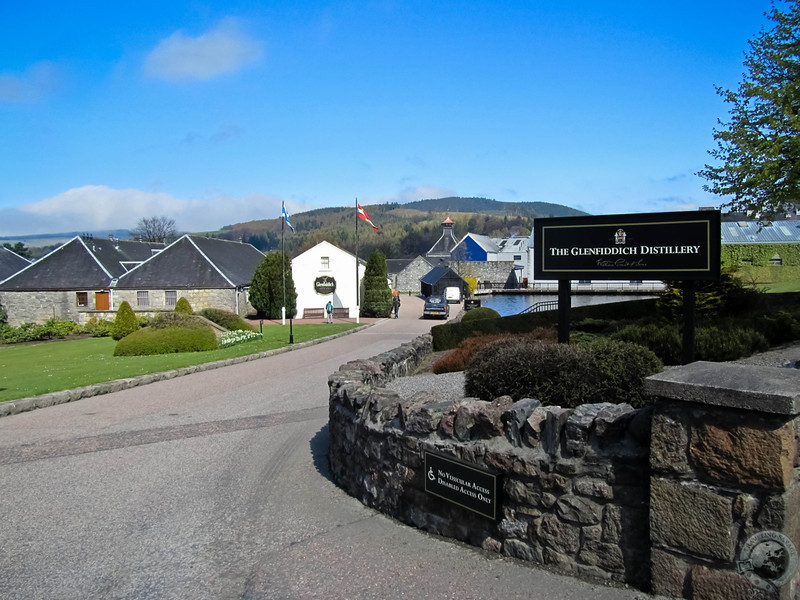
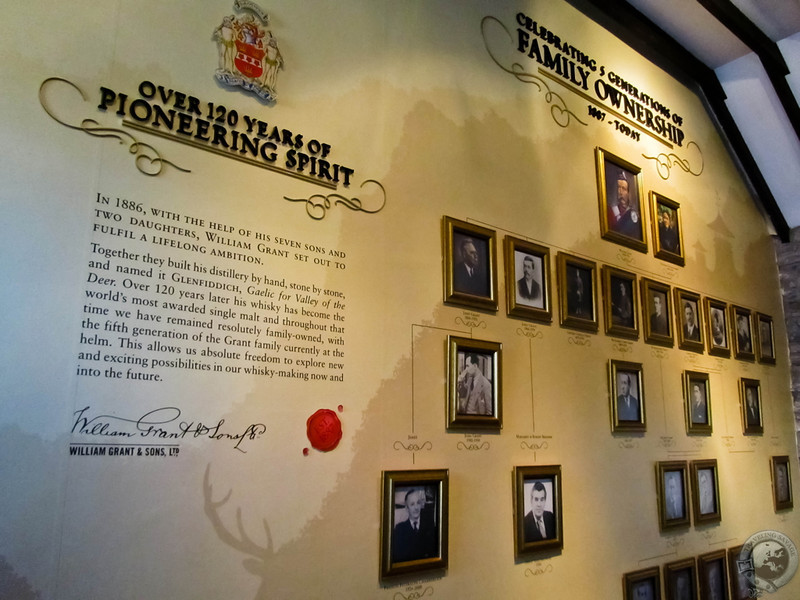
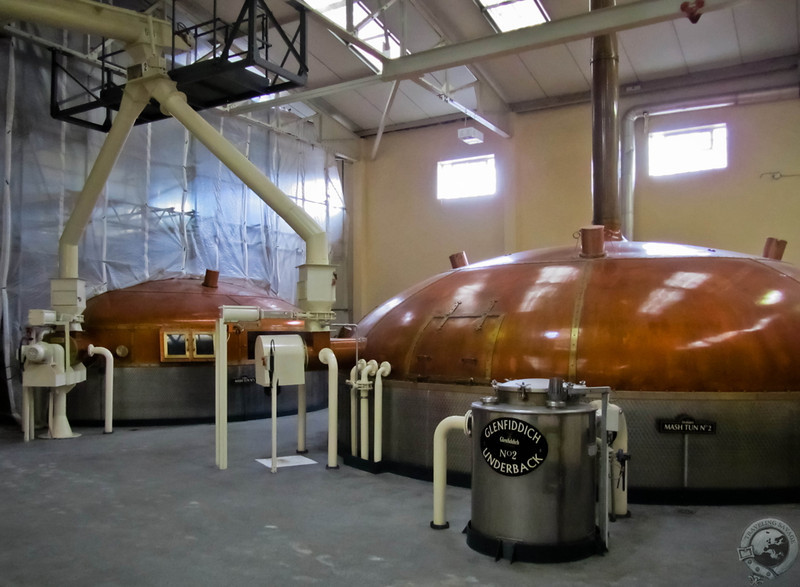
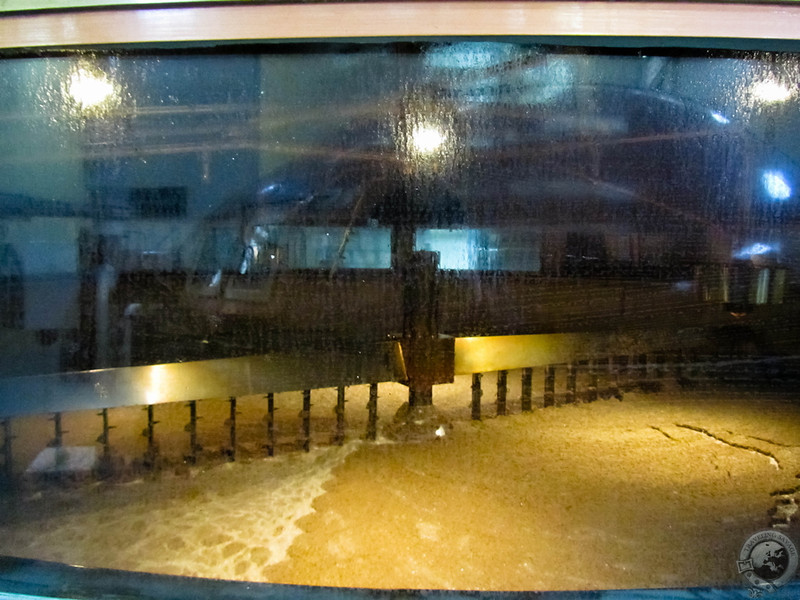
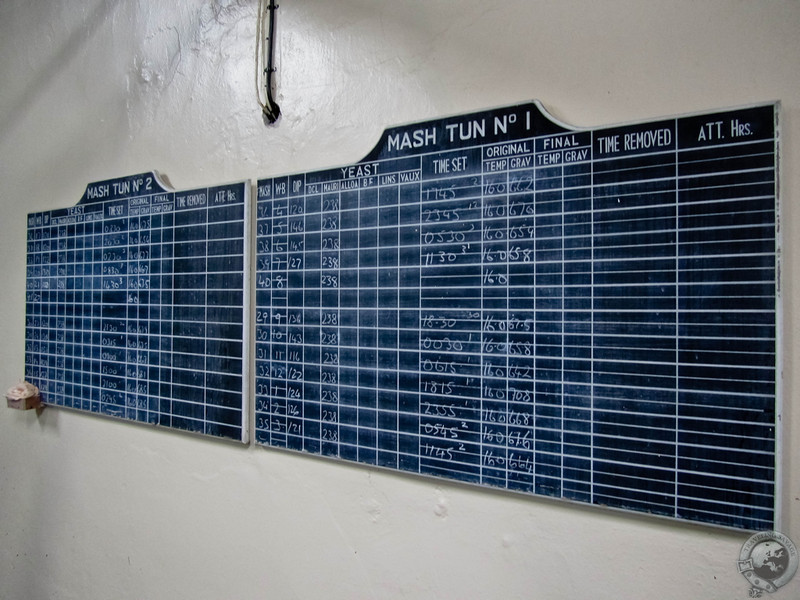
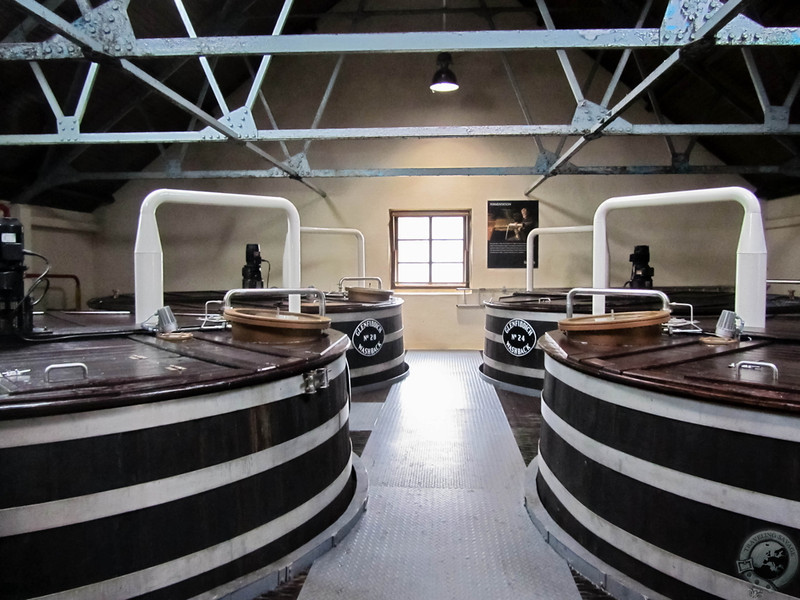
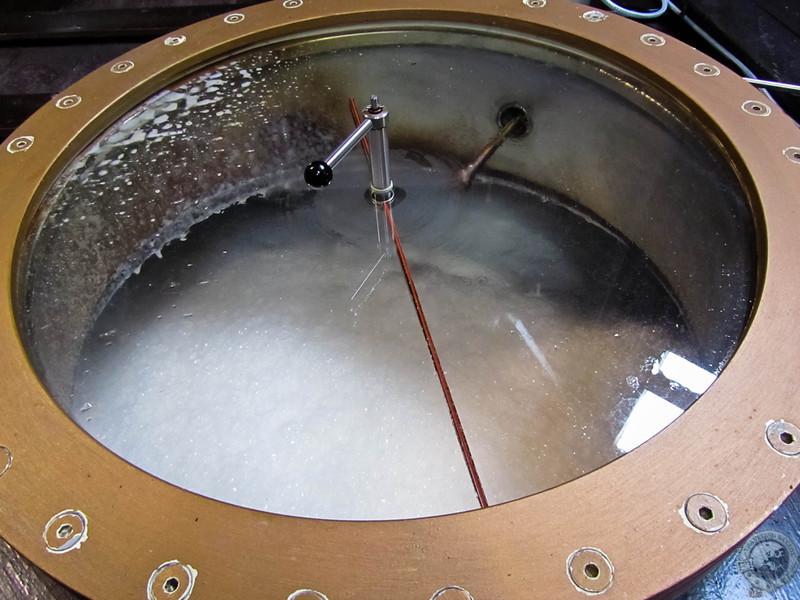
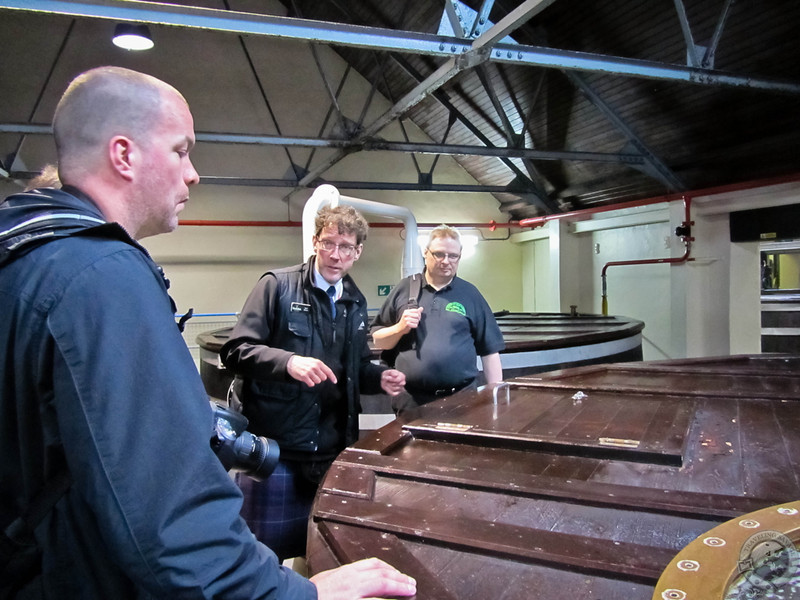
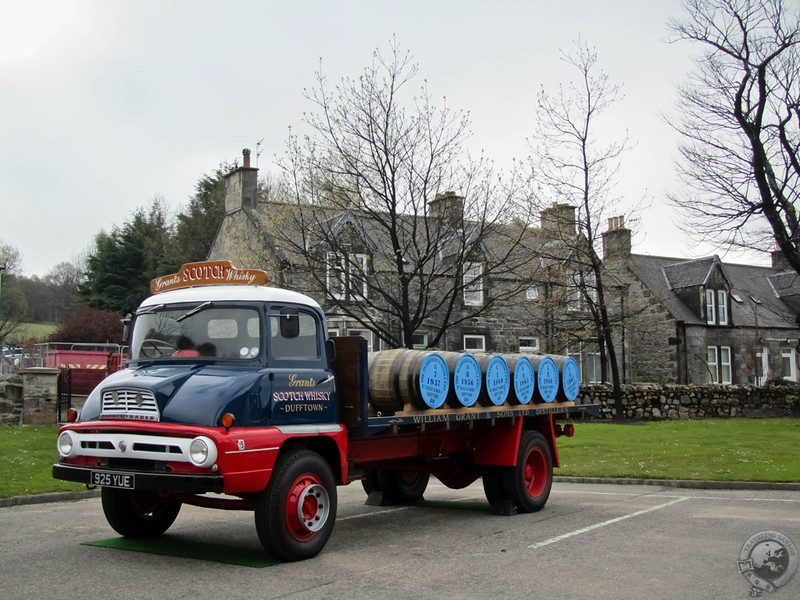
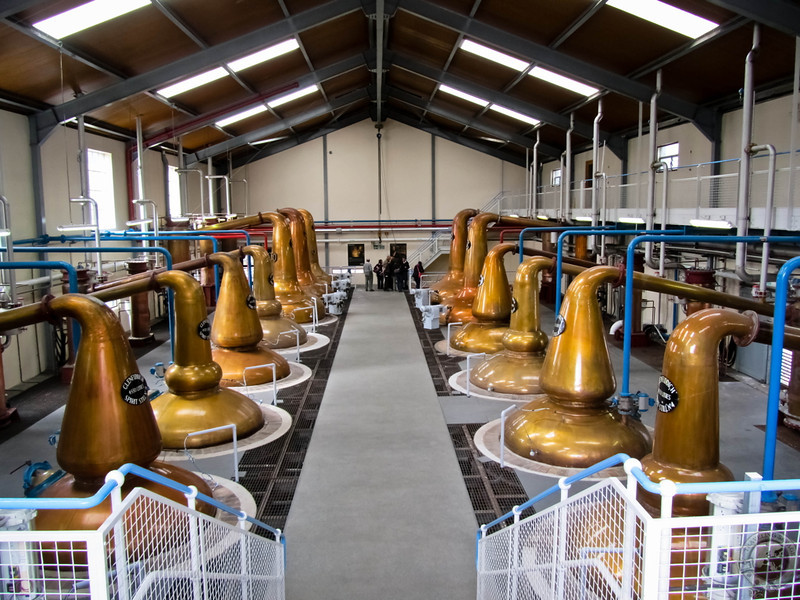
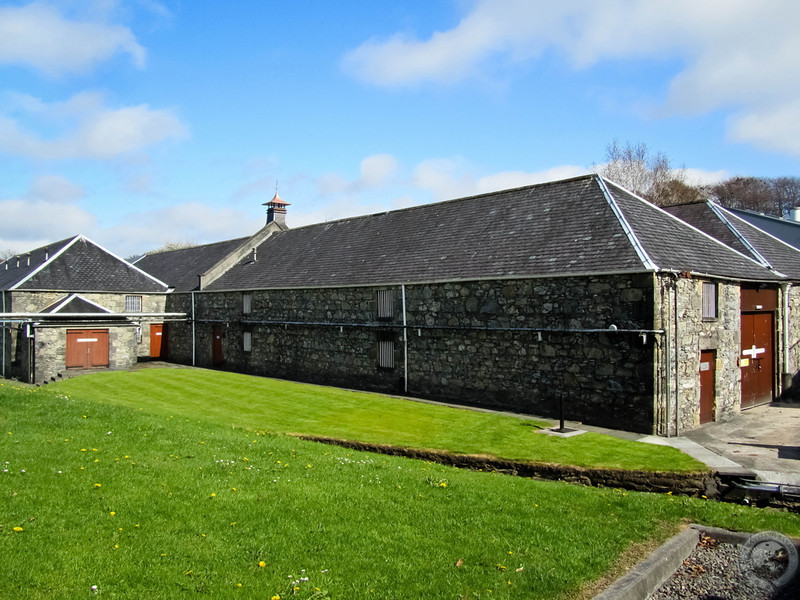
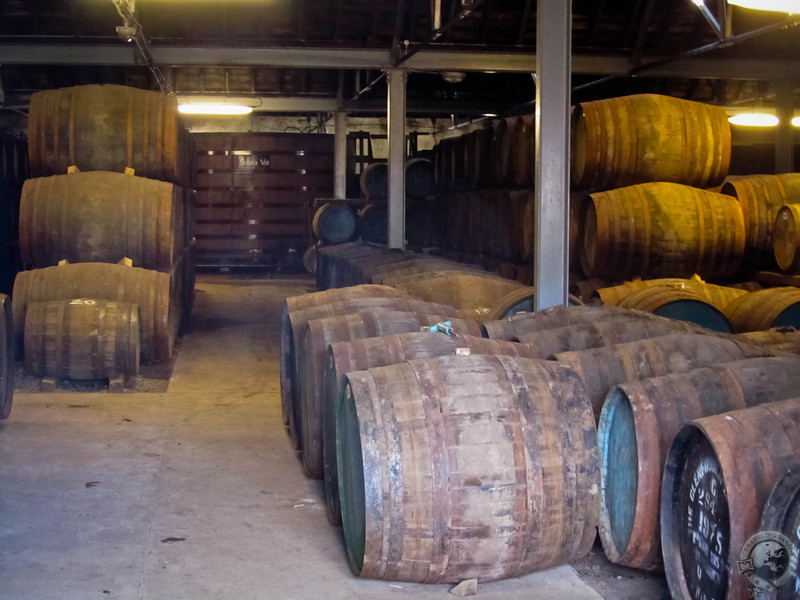
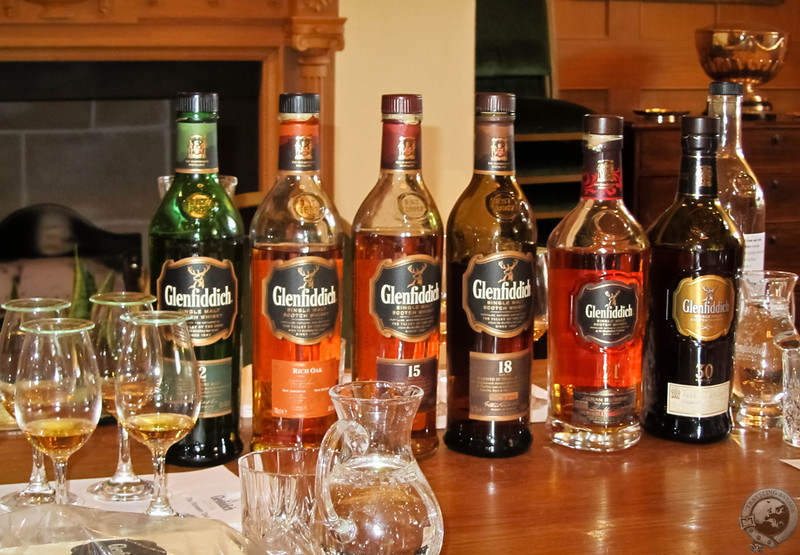
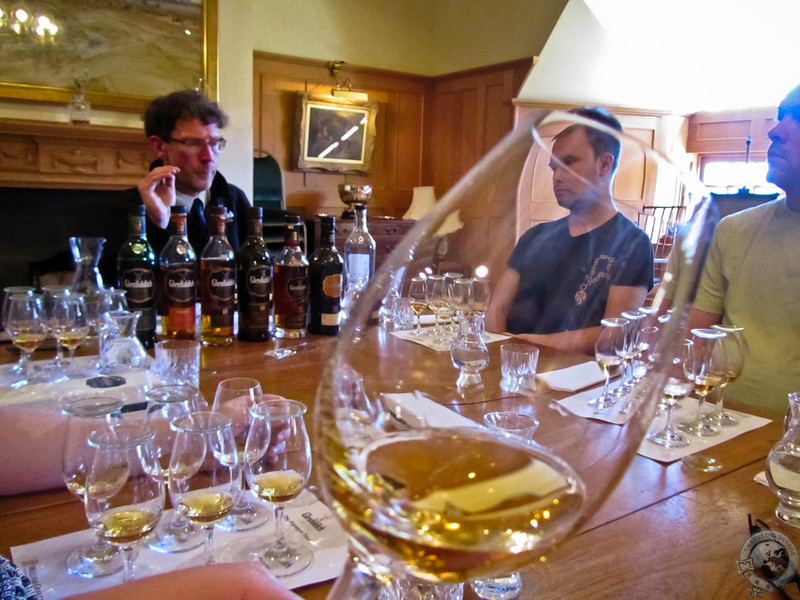
An interesting and surprising tour it was, for the reasons you mention. Glenfiddich has been making that great whisky for more than half the time our country has been in existence. I love the pride and commitment of the family keeping it theirs throughout the takeovers and consolidations that characterize business now. Clearly, Glenfiddich is more than a business.
Thanks for telling the stories behind the whiskey…it is one of the reasons that I love your blog so much!
We enjoy Glenfiddich, and learning that it is still a family run business makes me appreciate it even more.
Glad to hear it Shanna. For the money, the Glenfiddich 15 is rather good whisky.
Thanks in support of sharing such a pleasant idea,
piece of writing is nice, thats why i have read it completely